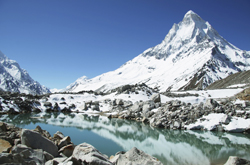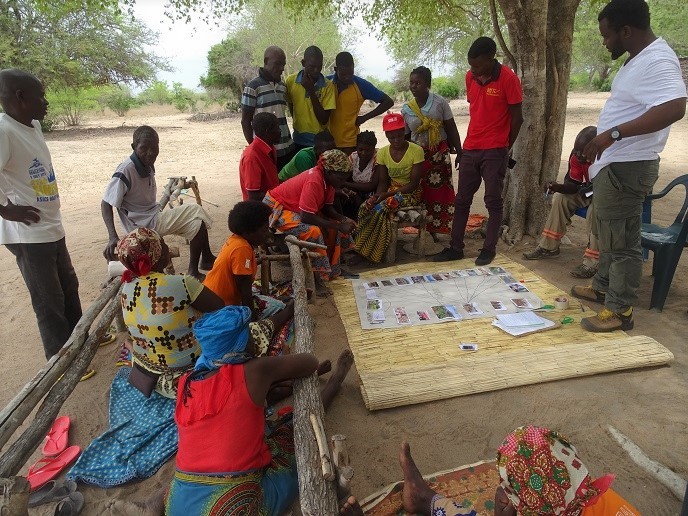How climate change will impact Asia's Water Tower
Funded under the EU's Seventh Framework Programme, the HIGHNOON project was a collaboration between European, Indian and Japanese research organisations and universities. The team's primary focus was to assess the impact of glacier retreat and possible changes of the Indian summer monsoon on the spatial and temporal distribution of water resources in northern India. HIGHNOON applied a transdisciplinary research approach to climate change adaptation. The team integrated stakeholder knowledge on climate change and climate variability with scientific knowledge produced from improved regional climate modelling and socioeconomic scenario development. Stakeholders' (from individual farm-level to that of national government) project activities led to recommendations for strategies supporting the cause for adaptation to hydrological extreme events, on the basis of a participatory process. Findings indicate a gradual widespread warming over northern India, with temperature increases for the Ganges basin projected at, on average, 2 degrees Celsius by 2050, and 4 degrees Celsius by 2100. Supported by the use of Regional Climate Models (RCMs), temperature increases will likely be more pronounced over mountainous areas. Other research findings point to a non-significant increase in annual total precipitation by 2050. Innovative modelling of glaciers at a large scale within RCMs confirmed the expected continuation of glacier shrinkage in most parts of the Himalayan mountain ranges, the so-called Water Tower of Asia. Another finding was that higher temperatures and fewer rain days will likely exacerbate drought conditions by 2050. In upstream regions where climate change is expected to increase flood risk, adaptation measures to prevent flood damage are of high priority. Below that, in the Ganges basin's midstream and downstream regions, stakeholders anticipate droughts and a lowering of the water table. This has prompted them to prioritise measures to maintain groundwater levels, and to develop water harvesting and water use efficiency. HIGHNOON has communicated its results to both EU and Indian policymakers, and published a comprehensive project policy brief. Results, available on the project website are also being communicated to the scientific community in peer-reviewed papers and at conferences.







